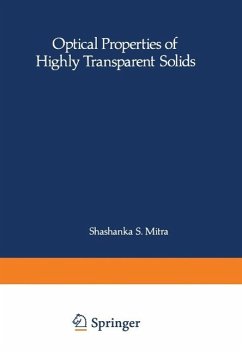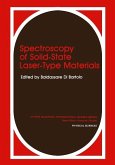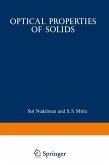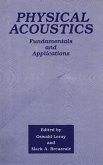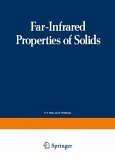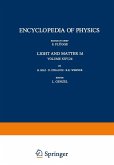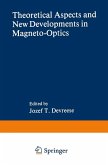Although much work has been performed on measure ments and interpretation of light absorption by opaque or nearly opaque solids, it is surprising to note that until recently relatively little reliable experimental data, and much less theoretical work was available on the nature of transparent solids. This, in spite of the fact that a vast majority of engineering and device ap plications of a solid depend on its optical transparency. Needless to say, all solids are both transparent and opa que depending on the spectral region of consideration. The absorption processes that limit the transparency of a solid are either due to lattice vibrations, as in ionic or partially ionic solids, or due to electronic transi tions, both intrinsic and impurity-induced. For most materials, a sufficiently wide spectral window exists be tween these two limits, where the material is transpar ent. In general, the absorption coefficient, in the long wavelength side of, but sufficiently away from, the fun damental absorption edge, is relatively structureless and has an exponential dependence on frequency. Recent evi dence suggests that in the short wavelength side of the one-phonon region, but beyond two- or three-phonon sin gularities, the absorption coefficient of both polar and nonpolar solids is also relatively structureless and de pends exponentially on frequency.
Dieser Download kann aus rechtlichen Gründen nur mit Rechnungsadresse in A, B, BG, CY, CZ, D, DK, EW, E, FIN, F, GR, HR, H, IRL, I, LT, L, LR, M, NL, PL, P, R, S, SLO, SK ausgeliefert werden.

